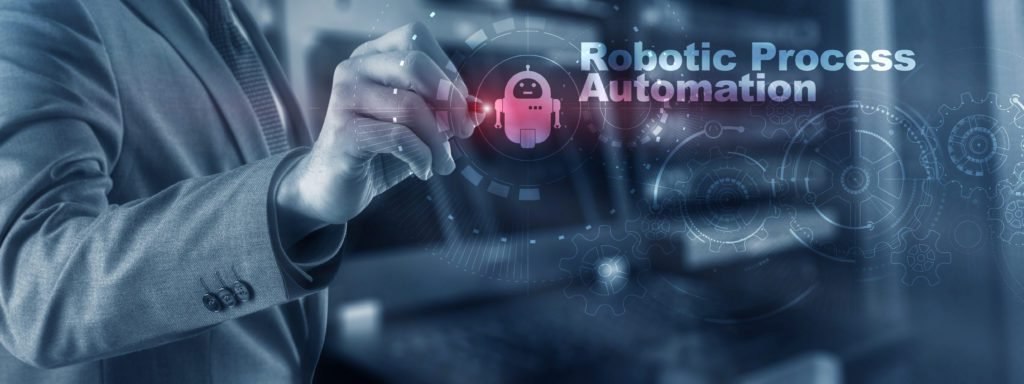Robotic Process Automation (RPA) in Machine Learning is a hot topic right now. Aspiring learners are looking to amass knowledge in it while IT professionals are looking to gain hands-on experience. In this quest, you are bound to come across the RFA lifecycle which is how bots are built from scratch.
Let’s take a look at the critical stages of bot development.
RPA Lifecycle

Before we get into the stages of bot development, let’s first understand what Robotic Process Automation in Machine Learning really is. In laymen terms, RPA allows a process to be automated using software, robots, or any type of bots so that human intervention can be minimized.
Ever contacted the customer support of Amazon.in and a chatbot suddenly appeared on your screen? That is RPA in motion. It involves mimicking a human activity so that basic actions (like responding to a customer’s query about a recent purchase) can be automated. This helps reduce costs and human resources.
Let’s move on to the different stages of bot development.
Discovery
In this phase, the brief provided by the client is analyzed.
Can the process be automated? Can a bot for the said process be built? What are the challenges and advantages of building it?
Answers to these questions will give the entire RPA development team a clear understanding of the project. Thorough coordination with the client is essential in this phase.
Solution Design
In this phase of RPA in Machine Learning, a Process Definition Document (PPD) is created which provides detailed information about the process. A flowchart is then created that will act as a blueprint to the bot creation. What actions will trigger the bot? How many elements should it include? Such questions are asked.

This is perhaps the most important phase of Robotic Process Automation in Machine Learning as the information gathered here will heavily influence the final product: the bot.
Development
Once all processes are established, the next step is development. This is the longest phase in RPA in Machine Learning and can extend depending upon the scope and volume of the project.
Different RPA tools are used to develop bot. High levels of coding are executed in addition to automated tools and templates. This is where skilled and experienced individuals in the ML field is required.
The key element of the Development phase is to test how extensive the build of the bot is. Have all scenarios and outcomes been tested and there is no gap in the development? Will there be a situation when the bot goes live and it fails to act? Proper coordination with the research done in the initial phases is extremely important. This will ensure the bot is a success.
Testing
As the name suggests, this stage involves all types of testing. From the user interface to the backend, all elements are rigorously tested to ensure there are no loopholes.
In a way, Robotic Process Automation in Machine Learning is a complex procedure. Testing, therefore, is the second-most important phase because the findings in this stage can make or break the project.
Deployment
Last on the RPA lifecycle is the deployment stage. Here the bot goes live on the frontend and is ready for user interaction. Maintenance and bot execution are generally part of this stage.
That is the RPA lifecycle in a nutshell for you. Of course, when you go deep into each of the stages discussed above, you will understand the complexity of RPA in Machine Learning. It’s an interesting concept but one where the lifecycle has to be religiously followed to avoid mistakes.








